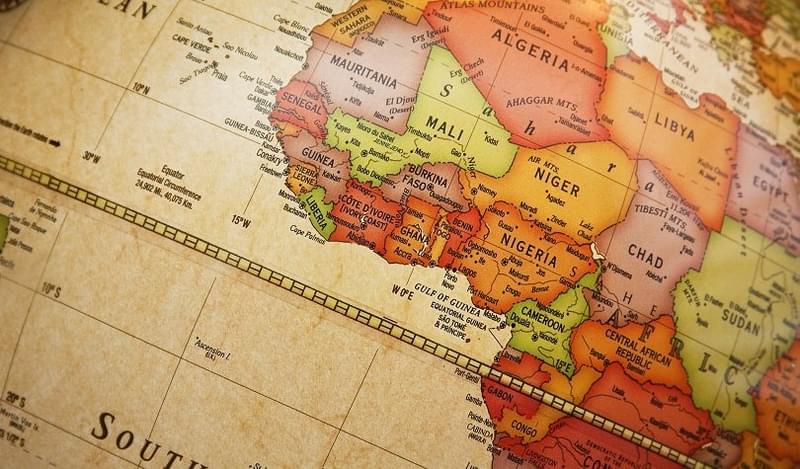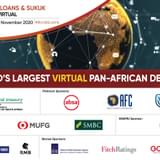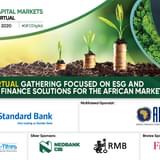According to the Bretton Woods Project, the IMF is becoming increasingly active in sub-Saharan Africa, with sixteen outstanding loans to the region and more in the pipeline.
The Fund has been notably active in Angola and Mozambique recently. The IMF had provided the former with US$1.4bn from between 2009 and 2012, and in April was in talks to offer Angola up to US$4.5bn as low oil prices hit the nation.
It has also been involved in Mozambique, although suspended its funding programme, including the second instalment of a US$283mn loan from its Standby Credit Facility following the disclosure of government backed loans in April. The country has now accepted an international audit following the undisclosed loans.
“The IMF tends to step in to assist on a balance of payments issues, concessional lending is carried out by organisations such as the World Bank,” said Yvonne Mhango, sub-Saharan African economist at Renaissance Capital.
The World Bank is active in providing large amounts of concessional debt to countries such as Malawi, Zambia, Uganda and the Democratic Republic of Congo – largely countries that are non-commodity exporters.
Zambia is also hoping to begin talks with the IMF for a loan between US$1.2bn and US$1.5bn in size according to Bloomberg, following the collapse in copper prices which account for over 70% of export earnings.
A large majority of concessional lending in Africa is designed for project finance and infrastructure funding. Although the whole continent has a substantial infrastructure deficit, with the African Development Bank that US$50bn will be needed annually to reduce this deficit, not all countries are able to receive concessional funding.
“Countries which are considered ‘middle income status’, are no longer eligible for concessional loans,” Mhango said, adding that to finance such projects, these nations would need to consider commercial financing including Eurobond issuance.
However, this raises further problems. The African Eurobond markets have been very quiet this year, as due to weaker fundamentals across the continent driven by a commodity price slump and Chinese economic slowdown, it has become much more expensive to borrow.
Notable exceptions include South Africa’s US$1.25bn 2026 in April and ‘middle income status’ Ghana’s US$750mn 2021 Eurobond in September, although in the case of the latter, the country had to postpone an earlier planned issuance in August because investors demanded higher returns than the government was willing to pay. Its latest Eurobond yields 9.25%.
“The slowdown in Eurobond issuance is because the cost of financing has increased and borrowers do not want to pay the amounts the international investment community demands.”
In addition, as there is not expected to be a strong economic pickup across Africa next year, Eurobond issuance in 2017 is likely to remain weak, although Nigeria appears set to issue a Eurobond, although not because of an economic recovery.
“The country plans to issue a Eurobond in the near-term, alongside other loans it is raising to finance the 2016 budget.”
Despite a slowdown in Eurobond issuance, African nations such as Kenya amongst others are still accessing funding from their local markets.
Nigeria has also been active in the local markets. In August, the Federal Government raised NGN110bn (US$342mn) worth of bonds maturing in 2021, 2026 and 2036.
However, smaller countries find it difficult to raise long-term financing domestically for large infrastructure projects because of the depth and liquidity of the local markets, which are smaller than the international markets, according to Mhango.









